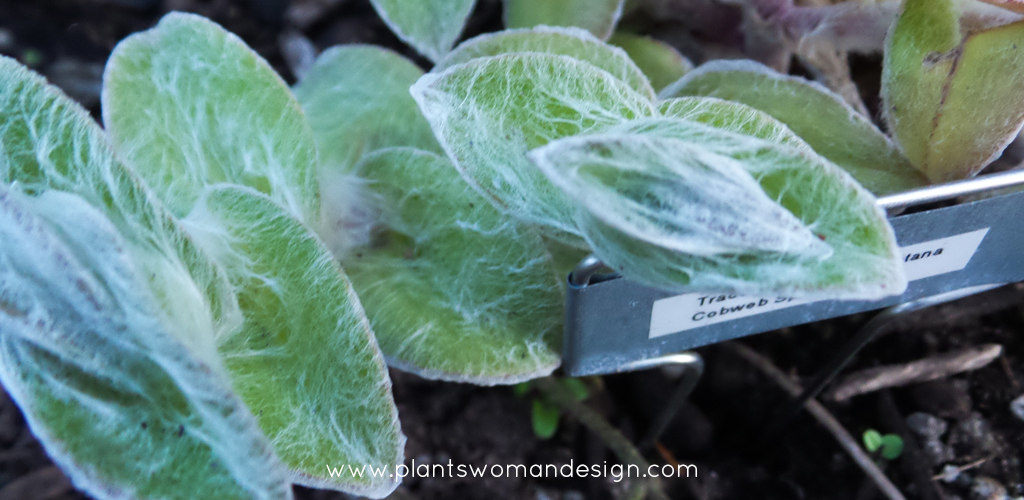
by Susan | Oct 4, 2015 | plants
Sometimes you just have to love a plant for an unusual characteristic. Fuzzy plants are that way for me. Something about a hairy leaf is interesting and intriguing. There are even plants with fuzzy flowers. That is just crazy when you think about it. J
Fuzzy leaves and flowers are a response to several survival factors. Fuzzy leaves will keep them from being eaten by most insects. Grazing deer and rabbits will usually leave them alone as well. In the desert the special hairy leaves will help keep moisture in and protect against drought and sunburn.
Fuzzy flowers provide more surface area for nectar to be available for pollinators. Many plants that live in dry climates have fuzzy flowers to protect against losing moisture. Certain species have more fuzzy flowers than others like the many varieties of salvia. Here are a few of my favorites right now…
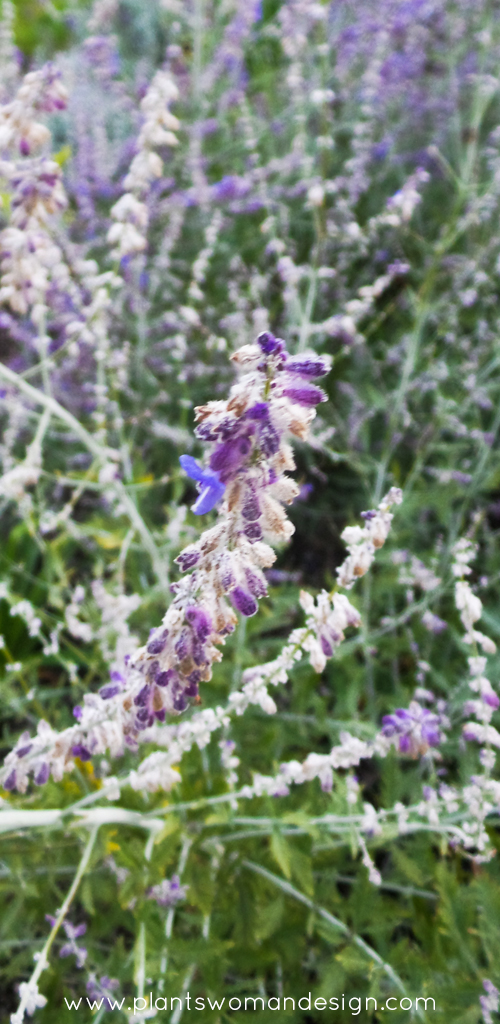
This Russian Sage – Pervoskia Atriplicifolia here has a long spike of flowers with fuzz all up and down the spike and small blue flowers bloom out of purple, hair covered calyx. It’s out of this world!
One of my new favorite plants is this Stachys ‘Bella Grigio’. It was a must have plant two years ago and I couldn’t find it anywhere. This year I was able to get some from the grower and have really enjoyed it. It has great structure and really puts on growth the first year. The hardiness is a little iffy some say but I’m willing to try leaving it outside this year.
Fremontedendron ‘Ken Taylor’ has orange flowers instead of the yellow flowers of the species. The common name is the Flannel bush, which describes the leaves extremely well. The leaves are also fragrant which was a surprise to me.
Verbascum is an old garden plant that once you have it you can never get rid of it. Lovely where it can get big and tall, not so great near the edge of a walk. This volunteers all over my garden and I pull it out where ever it’s unwanted.
An unusual variety of spiderwort is this little fuzzy Tradescantia ‘Cob Web’. The leaves are fantastic, even if the blooms are a little on the small side. The soft velvet leaves are so amazing you just get caught up in the web.
Very unlike the common Kalanchoe, which is a over offered plant at the grocery store, Kalanchoe ‘Fang’ is more my style. The amazing hairy or fuzzy leaves are gray with brown. Bumpy and spiky textures also come into play on the leaves creating so much interest that it is hard to imagine what would happen if it flowered. It does but mine has not yet. I let it spend the winter in the greenhouse just in case it gets below 25 degrees.
Leonitis leonurus or Lions Tail is a great name for this fuzzy flower. The stem is square with tiered whorls of multiple flowers. Long blooming throughout the summer it really does make you think of lions.
I’ll leave you with a great picture of a mini-lion, the cat Louie. He loves this plant and spends time hitting at the stem and making the flowers wave back and for. Many plants have many uses, many shapes and sizes. What’s not to love about fuzzy plants?
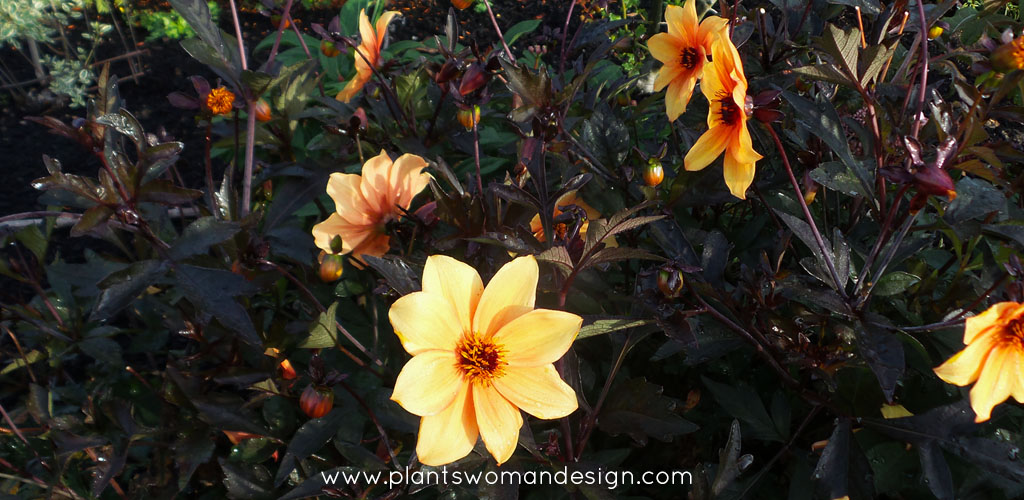
by Susan | Sep 11, 2015 | gardening, plants
Yes, even pumpkins can be beautiful. I love orange in the garden and even when I’m growing pumpkins I enjoy the color. This fabulous thing is a Warty Thing Pumpkin (Cucurbita maxima). Yes these are giant and lovely, a great eating squash and good for pies. Could make a super scary jack o lantern!! Grab seeds next year from (link) Botanical Interests Seeds.
Lush Begonia Non-stops are a must have every year. I just can’t leave them alone at the nursery and add to my collection each year. Try the Non-Stop apricot for amazing combinations of orange, yellow and peach. Take a look on the Little Bytes page for more information on over wintering the tubers each year.
Anything tropical that will prove hardy always has a place in my garden. The hardy hedychium densiflorum is easy to grow and is a spectacular accent. This one has moved with me several times and more is always available at (Link) Far Reaches Farms.
Just last night I hear Helen Dillon (Irish garden fame) mention this plant in her garden. This is a canna musaefolia (syn canna musifolia) or Banana Canna. Named for its banana like foliage it is lush, tropical and perfectly hardy at zone 7.
Crocosmia Venus tagged along with an Agapanthus that I brought from my old garden. It pushes its way into the mix and has to compete with some shade but is a bright spot against the red banana leaves in the background. Nils Sundquist from Sundquist nursery grows this and many other lovely crocosmias.
The bright sunny Echinacea ‘Sombrero Adobe Orange’ is new to me this year. I love the fact it has various shades of orange/pink/peach on the same plant. The flowers change as they age. Recommended to my by one of the growers at TandL Nursery I agree with their pick. It has a strong growing habit and seems to be a prolific bloomer.
Graceful with recurving petals the Lily (Lilium Rosthornii) from Far Reaches Farms is also new to my garden this year. I have several others including a double Tiger Lily (Lilium flore-pleno). Unbelievably brilliant!
How about a little Orange Garden Art? Tucking in the orange birdbath on a rusty stand with a Chocolate Silk Mimosa Tree (albizia julibrissin “Summer Chocolate’) adds a punch of color and contrasting textures.
Speaking of garden art. I repeat the theme here with orange glass and Canna Intrique. It also blooms orange –here is a picture of the orange flower! Zow. ( Insert picture of flower here. )
More Begonias and more begonias, I told you I couldn’t help myself. The Begonia ‘Sparks will fly’ has very cool dark foliage, while the bright green foliage of Begonia Boliviensis ‘Bonfire Orange’ has a fernlike texture mixed with other ferny things under the apple tree. Bright orange in the shade is a must.
This Dahlia has a funny story behind it. I was shopping for a customer’s bright orange in a blue/orange bed. The recommendation from the grower was Dahlia ‘mystic spirit’. Well it came in and was not a great clear orange but a peachy/pink. It would not go with the other hot colors in the bed. So as often happens I just dumped the dahlias in an empty spot in my garden. Not exactly overjoyed with them but not willing for them to die either. NOW they are really coming into a good sturdy bloom and the flowers are a great soft orange. Not at all like the blooms that were first on them, hard to figure out, maybe a fertilizing thing (they get none now). BUT I’m liking them and they may get to stay after all. Love the dark foliage on them.
I hope you have enjoyed this visit through the orange in my garden. I will admit this isn’t it. There are a few more orange flowers that I may share with you another time.
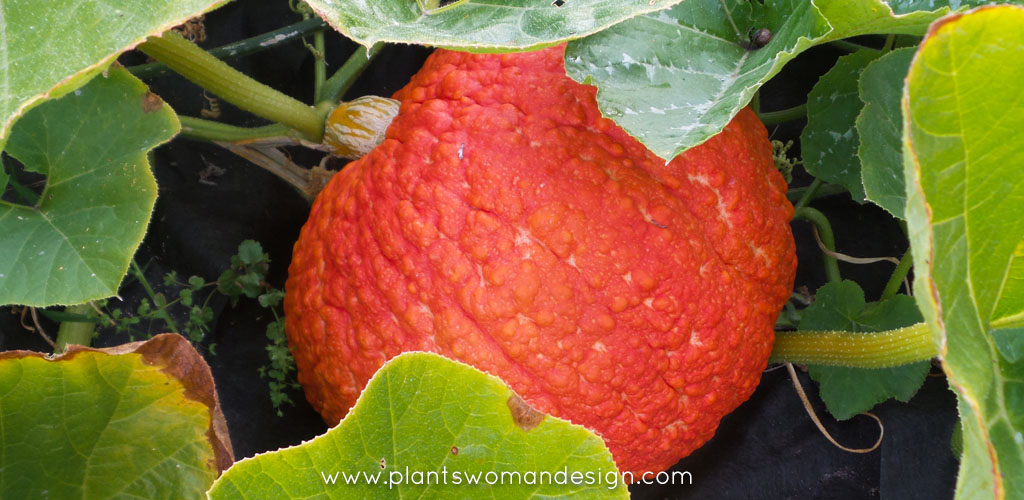
by Susan | Sep 4, 2015 | plants
Orange. I love orange. Orange plants especially. Here’s what I have in my garden of the orange persuasion. Can you name them? Leave your answers in the comments and I’ll give you the answers next week.
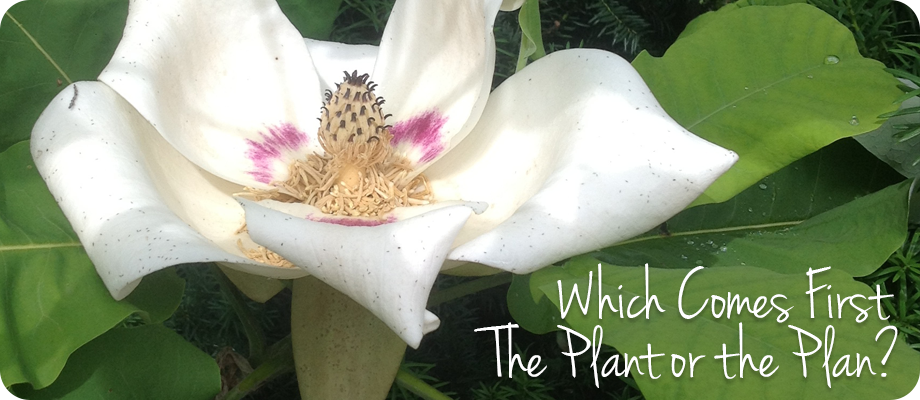
by Susan | Mar 18, 2015 | plants
Many of you know I left my beautiful garden last year to move to a new location. It has been a wonderful move with so many changes in perspective and light. The new owner of my old house (and garden) is so amazed by the cycle of bloom that she posts a daily bloom. Yep, every day she sends me (and a list of other people) pictures of what is in bloom in ‘her’ garden. I actually love that she loves the garden. Her enthusiasm is very rewarding and infectious. It constantly reminds me of things I loved in that garden and sets me on a course to find some of the things again. As the spring approaches I can’t help but plan or is it buy?
A load of good soil has been sitting at the top of my property for about two weeks. It needs to be spread around and things planted in it! A trip to Wells Medina Nursery to gather things for a job resulted in a car load of plants to come back to me. Things I loved were added to my car along with new things I didn’t have room for in my old garden. Do I have a plan? Sort of.. Kind of.. I know what and I need…. I don’t know that I can resist buying plants when I see them, love them, and know I have a place for them.
So there is the problem. Then to make matters worse, while checking the names from the tags of my new plants on the internet, I ran across a website called ‘Plant Lust‘. REALLY…. Like I need to look at that! It is a website that sources rare and unusual plants from 56 nurseries that sell via mail order. Oh GREAT! So now I have not just great nurseries in my area but the UPS driver can also visit me often.
Here are a few of my favorite things I found this weekend:
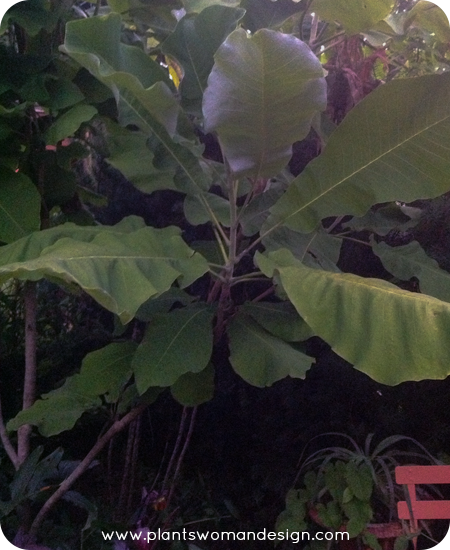
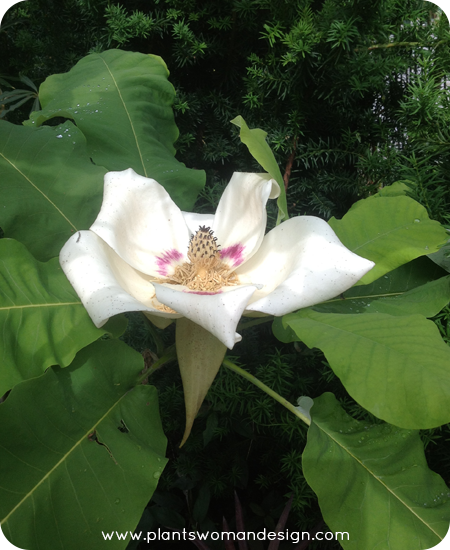 Magnolia Macrophylla. A little stick was what it was when I planted it. It looked like a stick in the winter for 3 winters. Last year it had branches and 3 blooms. Lemon scent streamed throughout the spring garden coming from the 12 inch blossoms. Amazing and worth the wait. I now have another stick.
Magnolia Macrophylla. A little stick was what it was when I planted it. It looked like a stick in the winter for 3 winters. Last year it had branches and 3 blooms. Lemon scent streamed throughout the spring garden coming from the 12 inch blossoms. Amazing and worth the wait. I now have another stick.
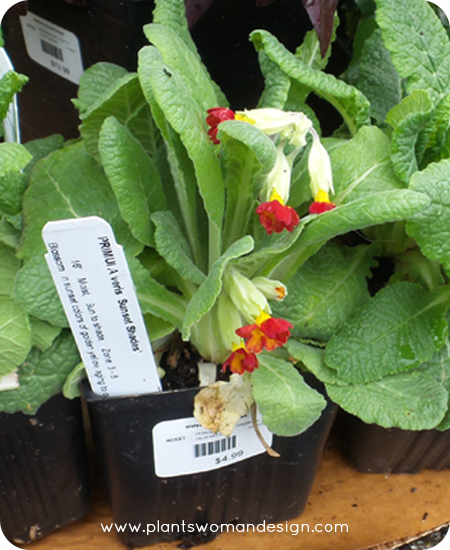 Primula Veris ‘Sunset Shades’ – a diminutive sweet primrose that spreads into the cracks in the garden. Not the cracks in paving or pathways but the spaces between plants that need filling in. The leaves have a blue tinge to them and the orange flowers are bright to begin with and fade to a dull red that is also amazing.
Primula Veris ‘Sunset Shades’ – a diminutive sweet primrose that spreads into the cracks in the garden. Not the cracks in paving or pathways but the spaces between plants that need filling in. The leaves have a blue tinge to them and the orange flowers are bright to begin with and fade to a dull red that is also amazing.
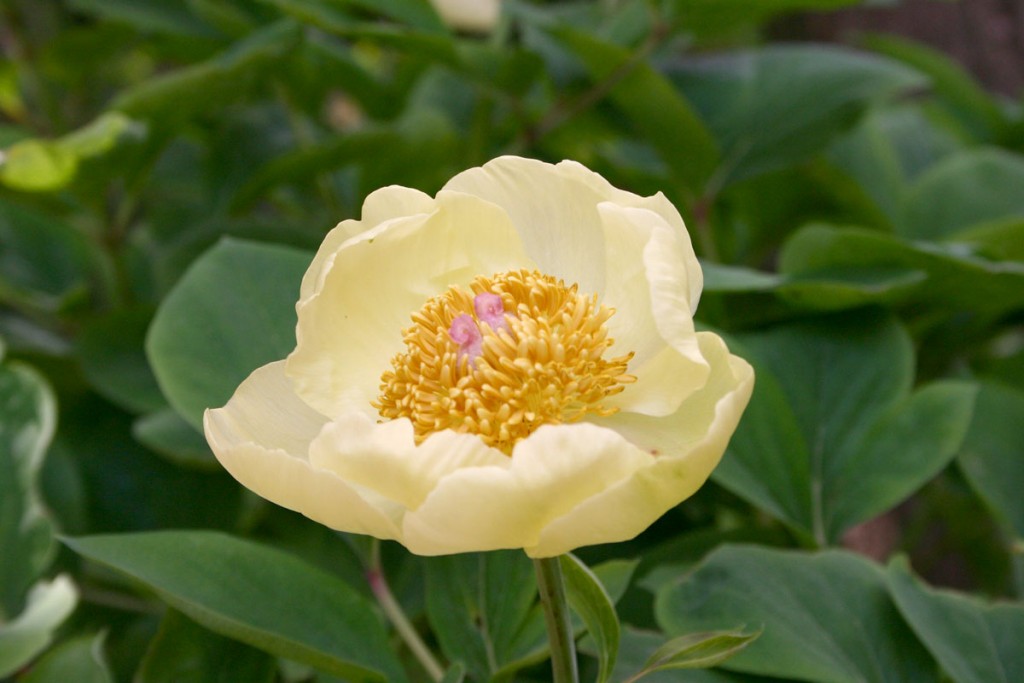
Photo by Rictor Norton & David Allen via Flickr
Paeonia mlokosewitschii – Molly the Witch Peony – This has a long and crazy story in my garden. I first fell in love with this plant in England at the Harlow Carr Botanical Garden. It was a peony in a cage. It is such a beautiful peony that the visitors to the garden would always steal the seeds from the plant even before the seed pods were mature. Yes those little old ladies and gentlemen wanted it and wanted it free. A metal fence wrapped around the whole plant to keep the longest of arms from reaching it. When I got back I started on my own quest to find the plant. I then understood how hard it was to find and was ready to fly back and try to steal a seed pod of my own. But I found one a plant, planted it and it died. I found another one at a local nursery, planted it, waited for 2 years for it to bloom. When it did it was pink, not Molly the witch at all. Found another one, it died. That brings us to this year. I did not leave a Molly at my old garden but I did just get one this week end… Oh, I actually bought 3! I will try again…….
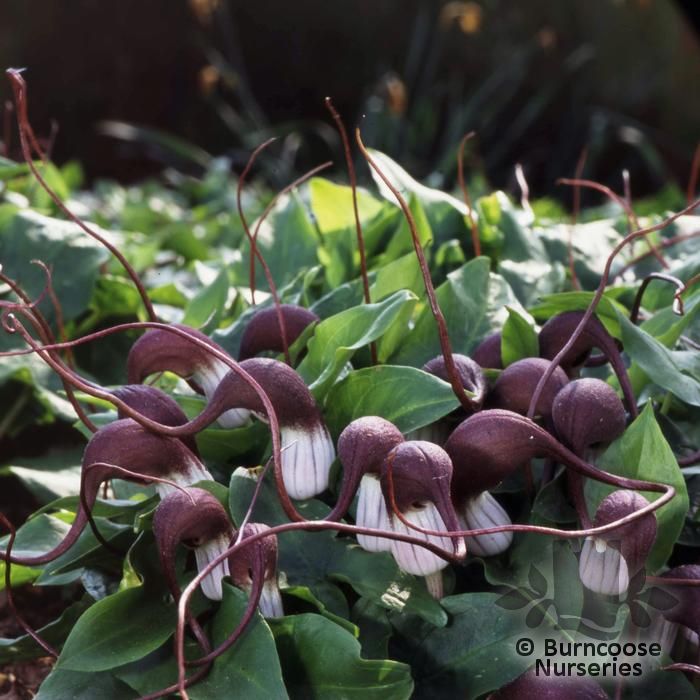
Arisarum proboscideum – Mouse tail plant. This is another plant I first saw in England. I was taking a botanical water color class and we had to go into the garden and chose a subject. I loved this little plant that looks like mouse bottoms in the air! I still do. It spreads and seems like there are hundreds of mice looking for something they lost!
Tell me of the things you love and can’t live without in your garden. Tell me your favorite web site for plant hunting. How about the things someone gave you that mean something special! Plants are more that just beautiful. They tell stories of where we have been, who we were at one time, and people we have met along the way that add to out lives in a myriad of ways.
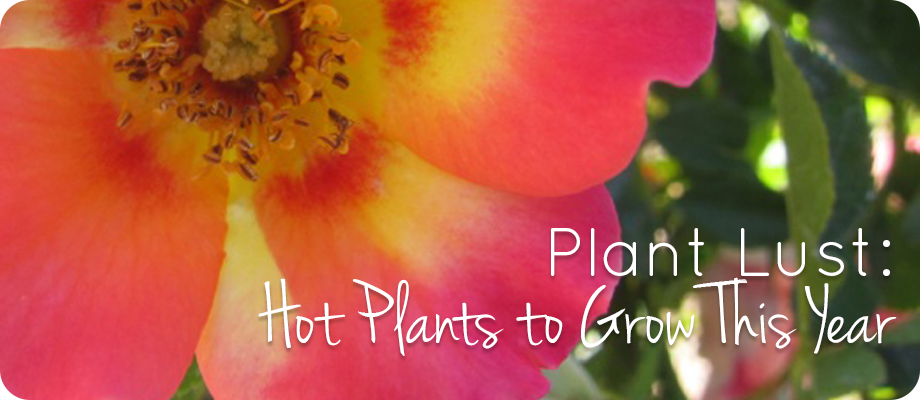
by Susan | Mar 6, 2015 | plants
Every year I read up on the new and hot plants for the year. It is fun to keep up with the new arrivals and even things that are making a comeback.
Here are a couple of my ‘want to try’ plants this year.
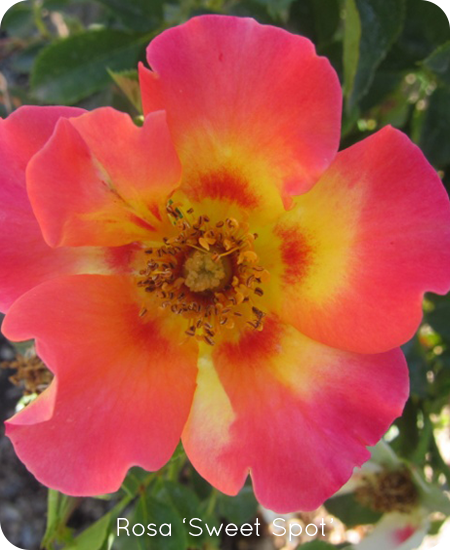
photo from www.monrovia.com
The Calypso Rose, Rosa ‘Sweet Spot’
It is a nice compact rose 2 feet tall with shrubby form. Works great in containers or as a blooming border. Great array of colors from pinkish red and yellow with stunning dark eyes changing throughout the season. Reminds me of the China rose I have planted in several client’s garden’s to rave reviews. This one is a little easier to care for and will stay smaller. Zones 5 -10 and available from Monrovia this year.
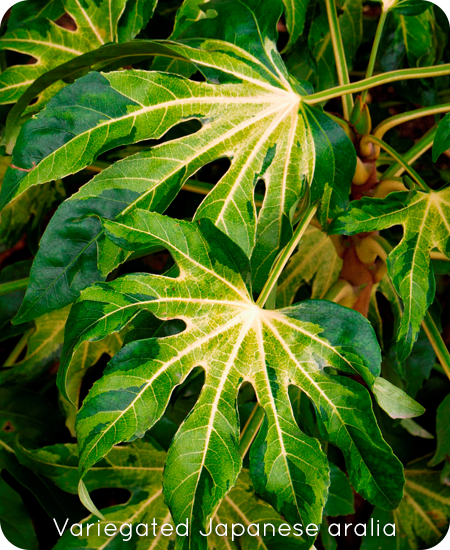
photo from www.monrovia.com
Fatsia Japonica ‘Variegata’ Camouflage / Variegated Japanese aralia
I purchased several of these last year and have to say I still love them. The leaves are VARIEGATED in an amazing way. It is lush and exotic with lovely fat leaves giving a tropical feel in our zone. I’m always looking for that crazy fat leaf and this one just makes me want more! Zones 7-10. A Dan Hinkley introduction through Monrovia.
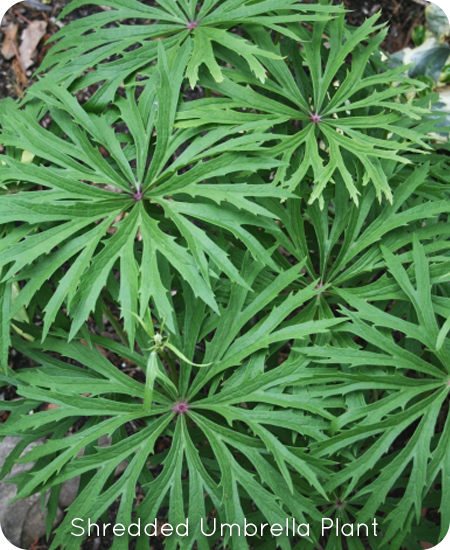
photo from www.plantdelights.com
Syneilesis aconitifolia – Shredded umbrella plant.
Speaking of tropical. Here is another woodland plant that has that tropical feel. It loves the shade and grows to about 18 inches in height. Jumps out of the ground in spring with wooly new leaves. The foliage looks great with helebores, hostas, epimediums and gingers. Zones 3a – 8b. Available from Plant Delights Mail order.
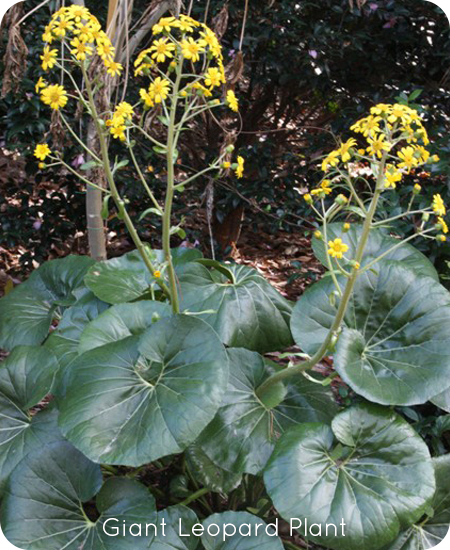
photo from www.plantdelights.com
Farfugium Japonicum ‘Giganteum’ Giant Leopard Plant
OK one more. This moisture loving perennial has great glossy leaves that emerge in early spring. The rounded leaves are abundant and lush with a yellow flower later in the year. The foliage alone is enough for me. I have grown the ‘leapordi’ one before (spots on the leaves) and it was hardy. I’m anxious to try this one too, hardy to zones 7 – 10 . I should be able to find in locally at a nursery in Seattle, also available at Plant Delights.
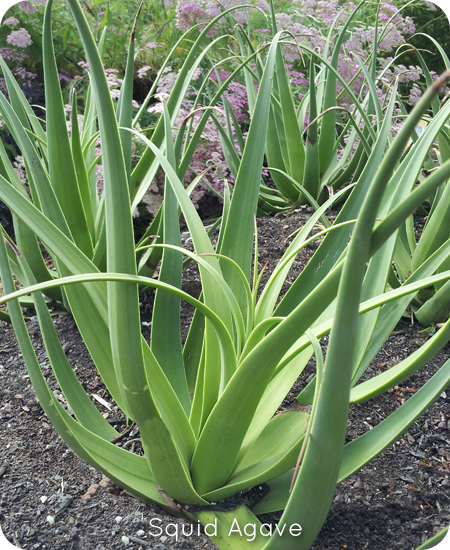
photo from www.monrovia.com
Agave bracteosa ‘Calamar’ – Squid Agave
Since the siding on my new house is stucco and has a southwest flair that just calls for agave. This one is without spines! It also looks like a squid! Crazy right? It’s green and white striped leaves will reach up to 4 feet tall and 3 feet wide with age Hardy to Zone 7B – 11. Good drainage is important with no standing water. Available through Monrovia.
Cornus kousa var. chinensis ‘Madi-II Mandarin Jewel’
Can’t leave out trees. This one looks so amazing I am on the hunt. It has a traditional Dogwood look with abundant white flowers. but when the fruits ripen they are a delicious light orange instead of traditional red. They persist into the fall when the leaves turn yellow-orange. Sounds to be a striking, yell out loud, fall beacon. Zones 6 – 9. You should be able to find this at your local nursery.
Of course there are always more that I want to try but I have to stop somewhere. I’d love to hear what you’ve got your eye on this year? Simple or exotic, I want to hear about it!
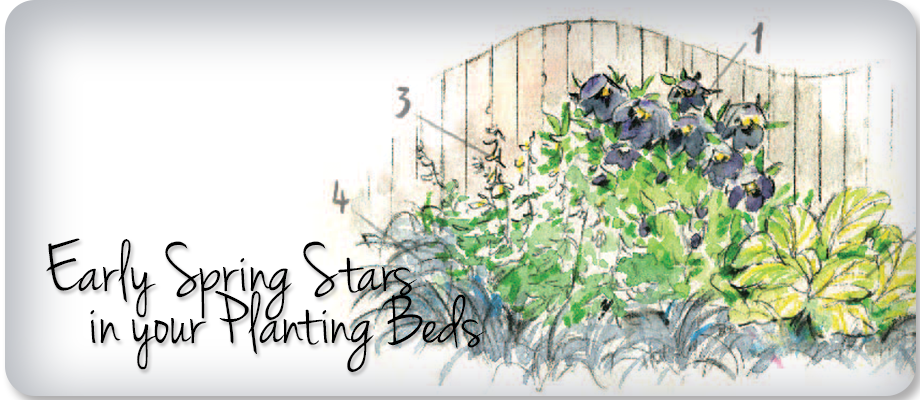
by Susan | Feb 6, 2015 | plants
Today I thought I would share with you a recent article I wrote for Fine Gardening Magazine. The Northwest section of the Regional Picks column is in the April issue and features a plant combination that I put together. It is such an honor to be included in this great magazine and to work with such knowledgeable, wonderful people.
I’m including a copy of the article below but that does not mean you should not go get a copy for yourself. There are several more great articles including plant propagation, grafted tomato trials and a beautiful wooded garden in New York that looks like it could be here! Fine Gardening does a great job of presenting all levels of gardening and most types of gardening. Articles on vegetable gardening, gardening skills, plant trials, and new plants are always featured.

The folks from Fine Gardening will be at the Northwest Flower and Garden Show again this year. They are presenting talks on Wednesday and Thursday and have the only booth that is downstairs near the seminars. So, make time to go down and visit with them. They may have a fun goodie for you to take home.
I will be attending the show Wednesday and Thursday so if you are around those days and want to connect tweet me @susan_PWD.
Remember the seminars are free with your ticket and there are multi-day tickets to help defray some of the cost.
See you at the show!
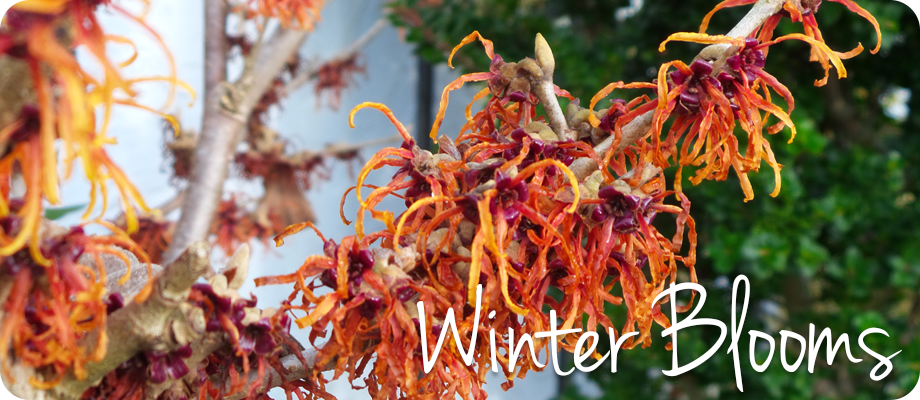
by Susan | Jan 23, 2015 | gardening, plants
It is cold and clear this morning. As you can see I was out in the beautiful morning. Even as cold as it is there are things to see in the garden. These tough plants will bloom despite the weather. The welcome promise of spring in swelling buds and the color of blossoms in bloom get me excited about the end of winter.
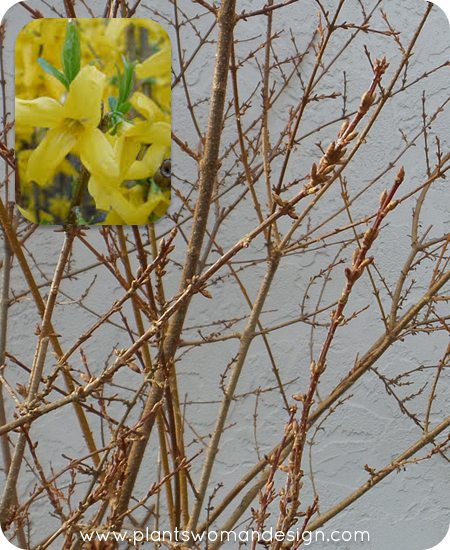
Forsythia X intermedia
This Forsythia was pre-existing on my property. I’m not sure of the variety but it is probably common Forsythia X intermedia, easy to grow and very yellow. I remember my mom bringing the twigs indoors and forcing the blooms in the dead of winter. It is a member a of the Oleaceae family and has light green leaves that appear after flowering. This is one plant like willow that will root in water if left after the blooms fade.
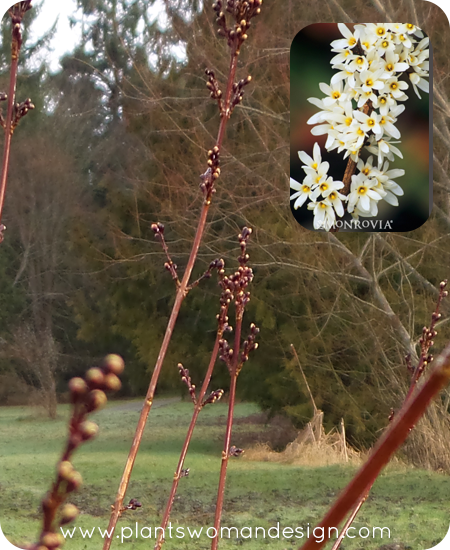
White forsythia (Abeliophyllum distichum)
This deciduous shrub is related to the forsythia, but differs in that it has white flowers that open in early spring before true forsythia. It is also a member of the olive family (Oleaceae). In early spring, before the new leaves form, purplish buds all along the grey naked branches open into small white four-petal, almond-scented flowers with yellow stamens. After flowering, green, glossy abelia-like leaves appear.
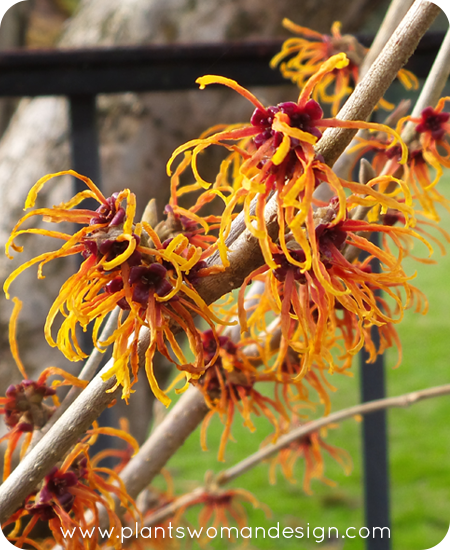
Hamamelis Jelena
Of course anyone that knows me knows I love orange. This is Hamamelis Jelena, a wonderful witchhazel that loves to bloom now with its coppery orange flowers lighting up the winter landscape. The bare branches have a sculptural quality that is a treat before flowering. The leaves come out after flowering and are wonderful ovals with deep ribs. The fall color is simply amazing too. It is hard to beat this plant for year round interest. It is one of those amazing ‘earn its place in the garden’ plants.
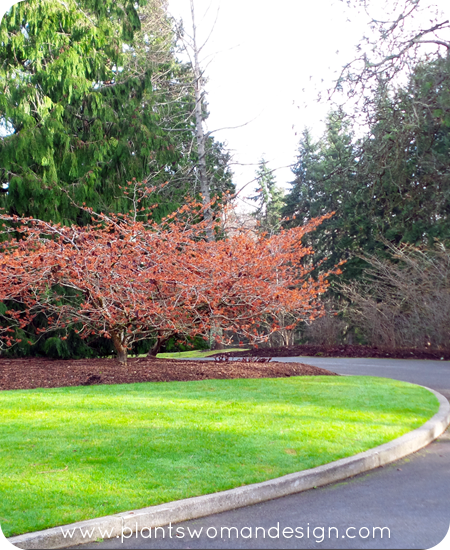
Hamamelis Diana
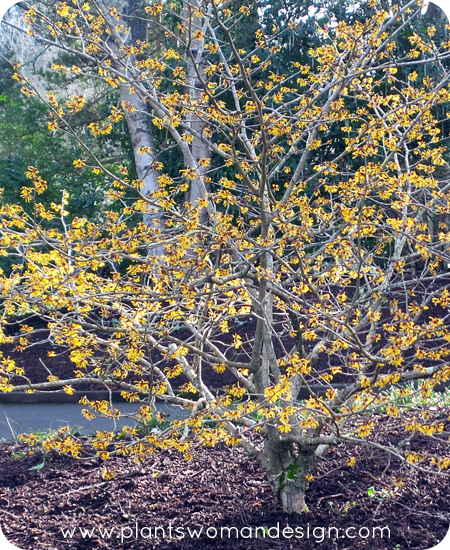
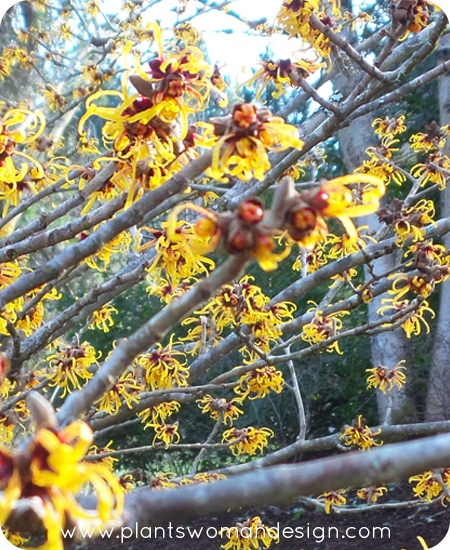 possibly Arnolds Promise
possibly Arnolds Promise
I live close to the Bloedel Reserve which is a fabulous garden on Bainbridge Island. These two pictures are from the front entry. The striking Hamamelis in both the Orange (Hamamelis Diana) and Yellow (possibly Arnolds Promise) colors make a beautiful entry point. Remember from a design point of view these do earn their space in the garden. There are several varieties available including yellow, orange and red flowers, some are intensely fragrant. I did stumble across a Hamamelis x intermedia ‘Feuerzauber’ (Fire Charm) at Valley Nursery today. It somehow found a place in my car and will soon find a place in my new garden.
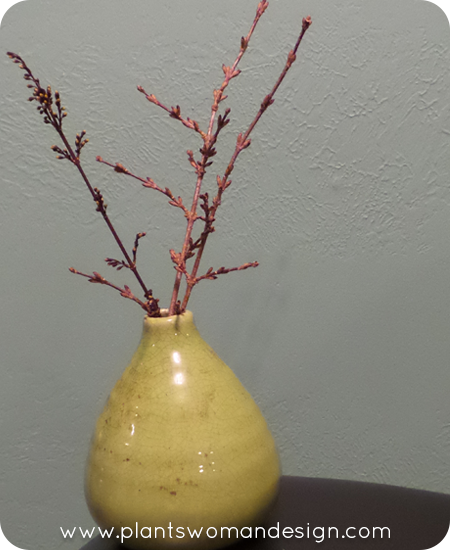 And last but not least here is a picture of the forsythia and abelliophylum in the process of forcing on my desk. I recently picked up some purple tulips and will pull some more forsythia from the garden to force together. The yellow and purple will make a stunning combination.
And last but not least here is a picture of the forsythia and abelliophylum in the process of forcing on my desk. I recently picked up some purple tulips and will pull some more forsythia from the garden to force together. The yellow and purple will make a stunning combination.
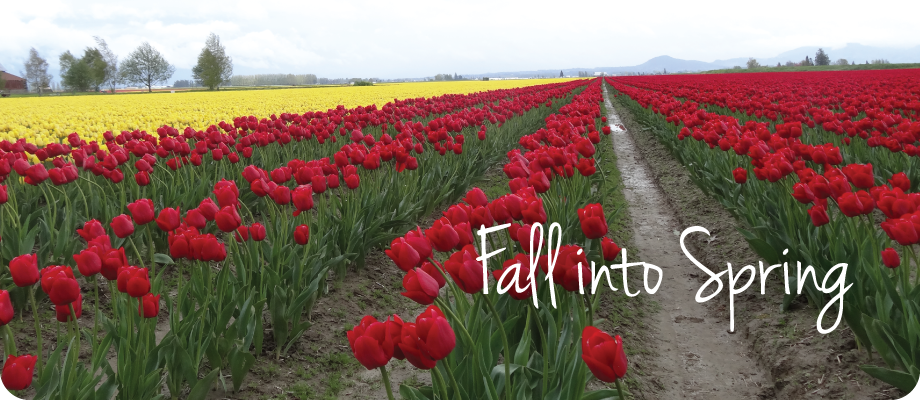
by Susan | Oct 17, 2014 | garden travel, gardening, plants
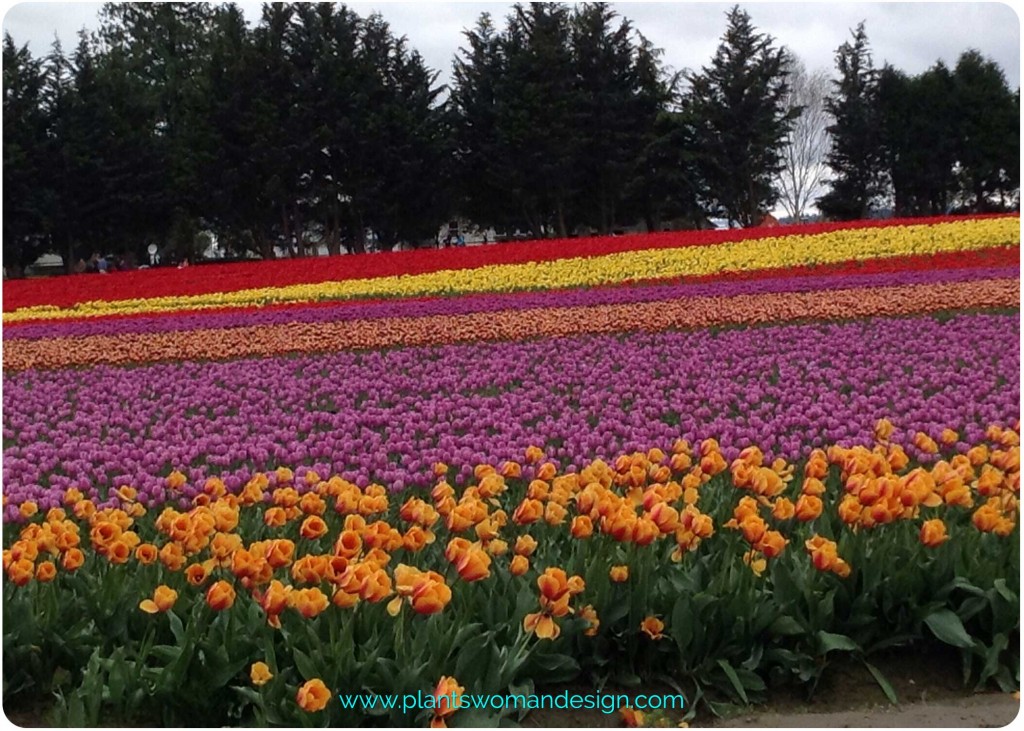 Remember the blog post from this past spring when I visited the tulip fields in Mt Vernon? They had the most spectacular display gardens, I took lots of pictures, you can read about it HERE. Now is the time to order. September through December you can pick bulbs from the list at www.tulips.com and they will send them off to you. I was not ready to pre-order last spring because I didn’t know where I was going to be. Now I’m ready and I’m going back through the pictures I took to get the labels. If I find a tulip I like I take a picture of the tulip up close and then a picture of the label. I try to always keep them in order so I can see which goes with that but it isn’t hard to figure out if you get mixed up. They have lots to choose from. Remember deer love tulips so if you have lots of 4 hoofed friends choose either daffodils (narcissus) or Allium bulbs. They are not on the favorite food list.
Remember the blog post from this past spring when I visited the tulip fields in Mt Vernon? They had the most spectacular display gardens, I took lots of pictures, you can read about it HERE. Now is the time to order. September through December you can pick bulbs from the list at www.tulips.com and they will send them off to you. I was not ready to pre-order last spring because I didn’t know where I was going to be. Now I’m ready and I’m going back through the pictures I took to get the labels. If I find a tulip I like I take a picture of the tulip up close and then a picture of the label. I try to always keep them in order so I can see which goes with that but it isn’t hard to figure out if you get mixed up. They have lots to choose from. Remember deer love tulips so if you have lots of 4 hoofed friends choose either daffodils (narcissus) or Allium bulbs. They are not on the favorite food list.
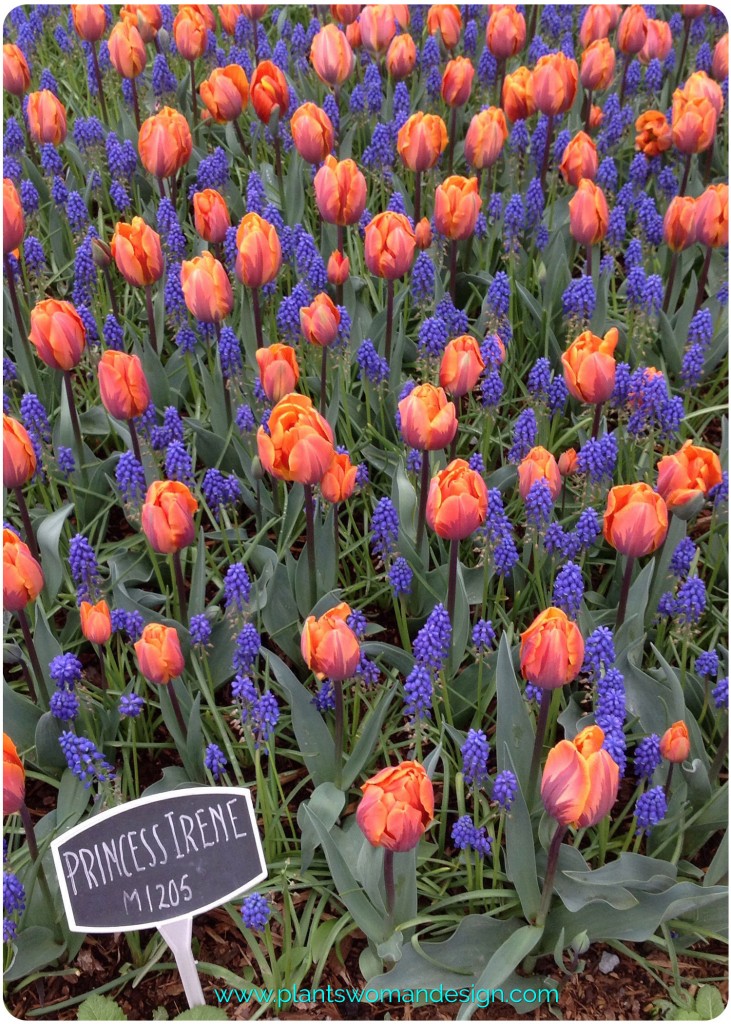
I discovered the difference in these bulbs last year. For the garden show I got quite a few bulbs online from another company and got a 20% successful force rate. That is horrible. Another designer had forced bulbs from Roozengarde and they were absolutely stunning. OK…. Buy Local!!
Are you planning on planting bulbs? What varieties have tickled your fancy this year?
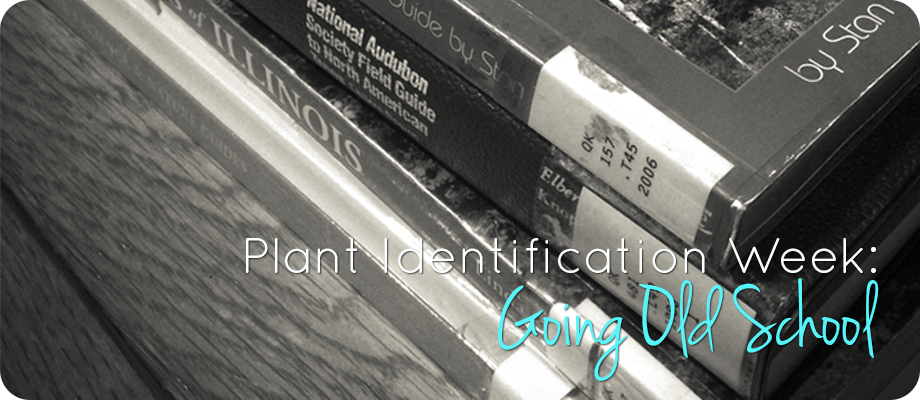
by Kristen | Jul 4, 2014 | plants
Welcome back and happy Independence Day! This week we’ve been talking about how to identify the trees and plants around your home/property/neighborhood. On Wednesday we talked about some free mobile apps, if you missed that post you can read it HERE, and today we are talking about books. Yep, good old fashioned ink-on-paper-feel-the-binding-turn-the-pages books. After being slightly disappointed with the apps I tested out, except for Garden Compass, I started to wonder if I was going about this all wrong. Just because there is an app available doesn’t seem to mean it’s the best tool for the job. With that in mind I headed to my local library to see what I could find.

I’ll admit the last couple times I’ve walked into a public library I’ve been a little stumped as to where to start. This time I went straight to the reference desk and asked for help. The lovely lady there asked me what I was looking for. I told her I was looking for books to help me identify the trees in our neighborhood. She then asked me if I was working with kids or not and I said yes to both, just to see what she would come up with, and away we went. She took me to several different places around the library and left me in the garden section to make my selections. As you can see from the photo I’m in Illinois so I picked up books specific to this state. Your local library will likely have resources specific to your area. I didn’t really have a rhyme or reason for picking the books I came home with. I just took a quick flip through the book to see if it seemed helpful then decided. The Audubon book is the only book I immediately picked up with out looking through it based on the Audubon’s reputation.
After leaving the library I headed to a coffee shop near by to take a look at what I’d found. Using the photos I had submitted to Garden Compass I tried to identify the plants I had found.
Here’s what I ended up with…
National Audubon Society Field Guide to North American Trees: Eastern Region I started with this guide once I had a lovely iced beverage in my hand. After leafing through it a bit I went back to the beginning “how to use this guide” section and continued on from there. I was able to identify the Linden tree (or American Basswood) fairly quickly but got stuck when it felt like the variety I had in my neighborhood was more akin to the Carolina Basswood, which is not found in my area, than the American Basswood, which is found in my area. To cross reference I moved onto the guides specific to my area.
Trees of Illinois by Stan Tekiela To help me identify the Linden tree more accurately I started with this guide. Again, I took a look at the “how-to” section and then dove in. One of the features I enjoyed in this guide was the use of icons on the corners of the pages to help you identify your specimen more efficiently. I also took a look at Trees of Illinois by Kinda Kershaw. Both guides had great information and each included their own sometimes anecdotal information which made for an interesting read.
Had I been familiar with the way guide books were set up I may have had slightly better luck with the apps I tried as they have some of the same structural pieces woven into them.
Science & Nature Guides Trees was a book the librarian pulled for me for working with kids. The book itself covers trees from the United States and Canada. What I found great about it were the activities that were included. Such as how to measure the height of a tree, how to figure out the age of a tree (with out cutting it down to count the rings of course) and tips on collecting leaves. I will be pulling some activities from this book to do with my kids. I’ll post our results and printables tomorrow here on the blog.
After all is said and done there is something to be said about reaching for a book instead of a computer to find the information you need. Feeling the heft of the book in your hand, catching the slight scent of the pages as you turn them, slowly mulling over the words on each page… It’s slow and unhurried. I am grateful for the speed at which I can get the information I need with out much fuss. I love being able to follow my friends and family on Facebook and see what they are up to on Instagram but lately I see that there is an increasing need in myself to stop and look up. To slow down and not expect instant access to the entire world at a moments notice. To engage in my community. To be present with my family. Maybe it’s just a mental thing but picking up a book instead of a computer, not matter how small, feels like permission to slow down and I’ll take it.
Sifting through the field guides was an enjoyable venture and I’m now eager to share what I’ve found with my kids. Did I find an old school answer to an old school problem? Yes, I think I did. And while it’s great to have an app like Garden Compass in my back pocket for when I get truly stumped I’m so pleased to know how to navigate through a field guide and will be adding some of these books to our home library soon.
Check back tomorrow to see our books in action!




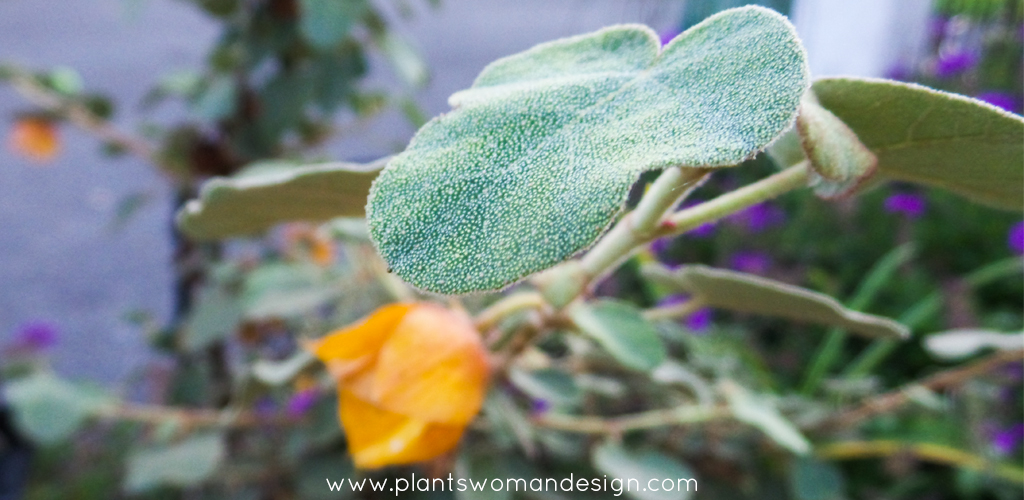
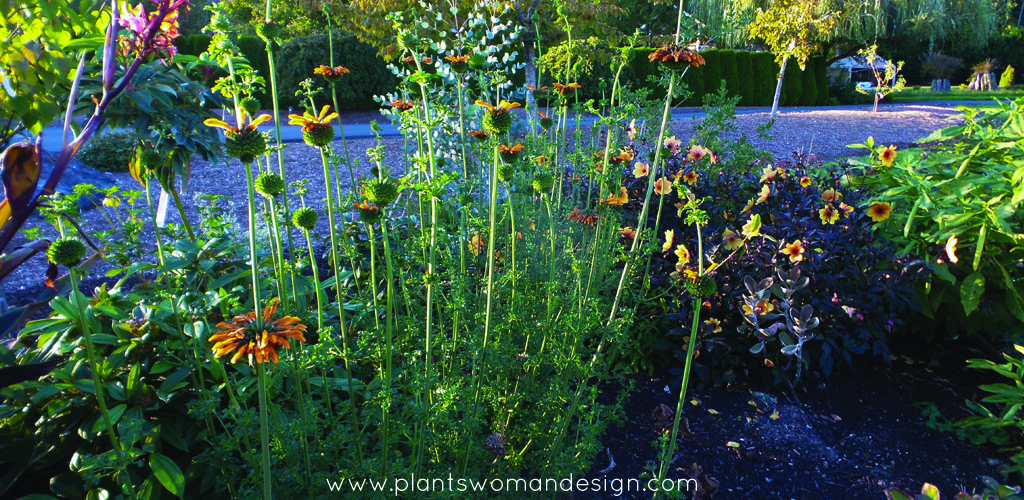
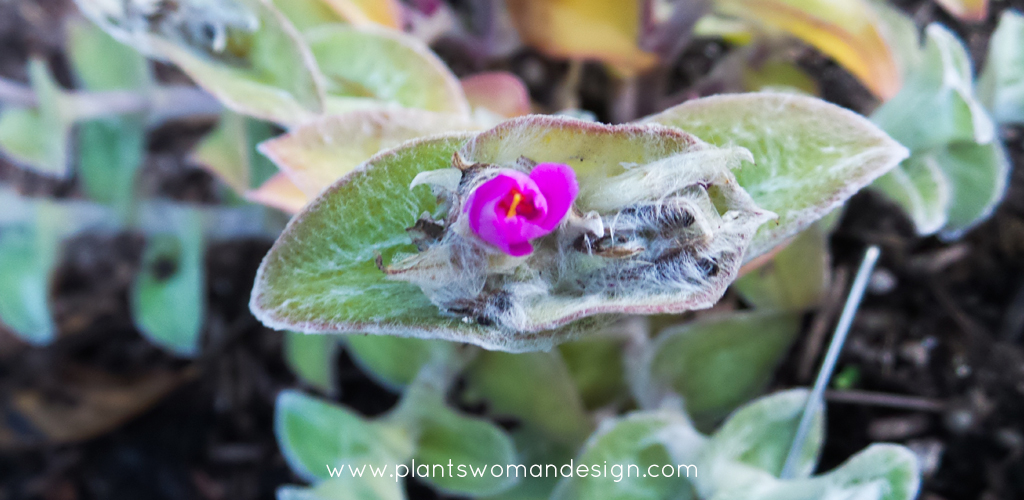

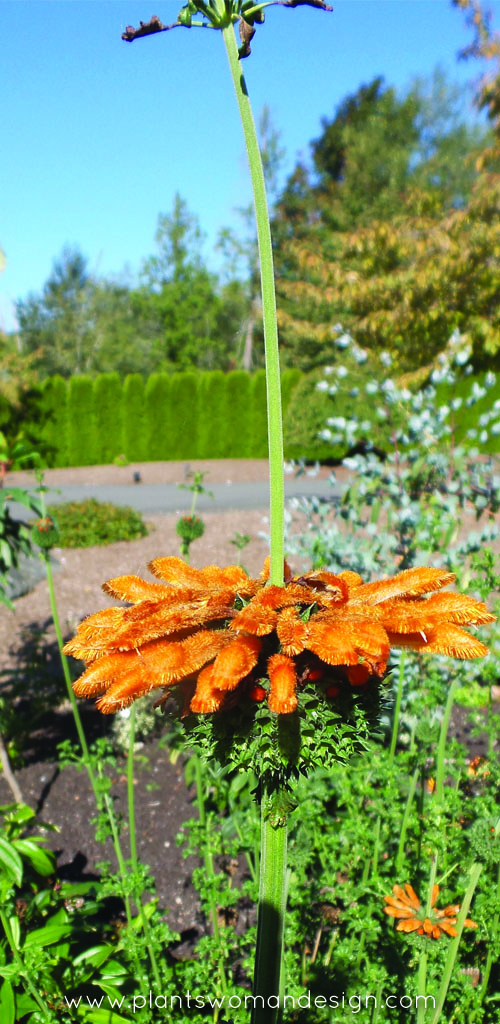
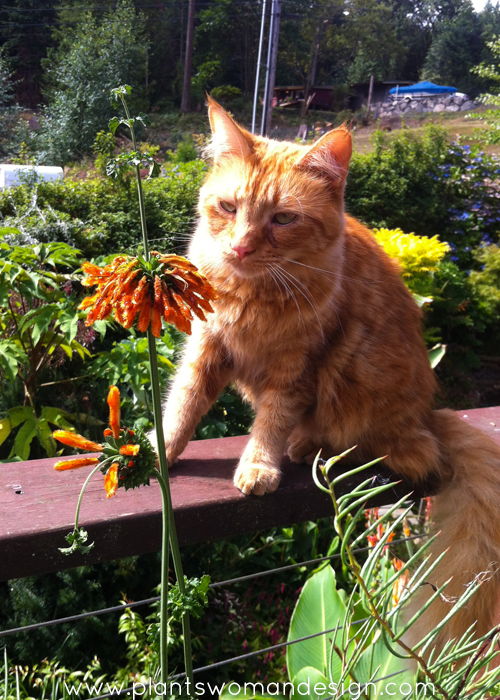


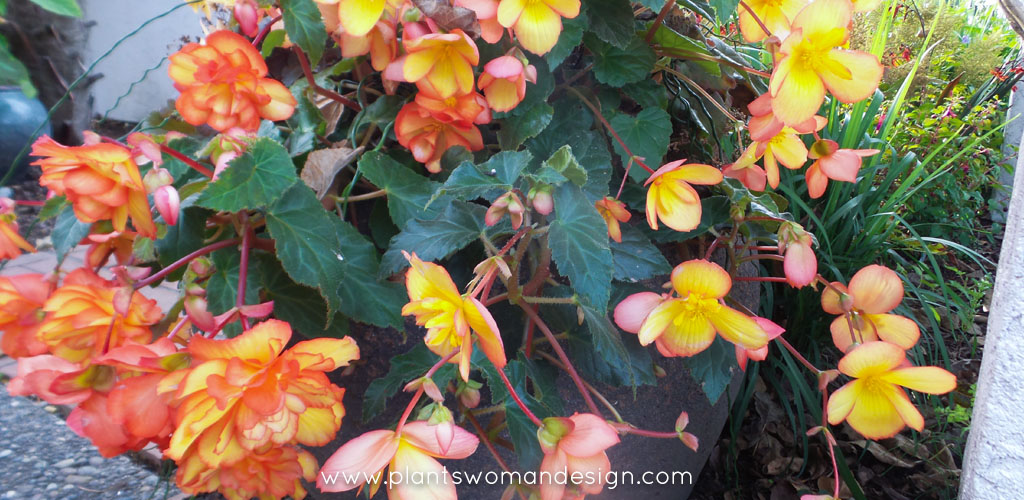
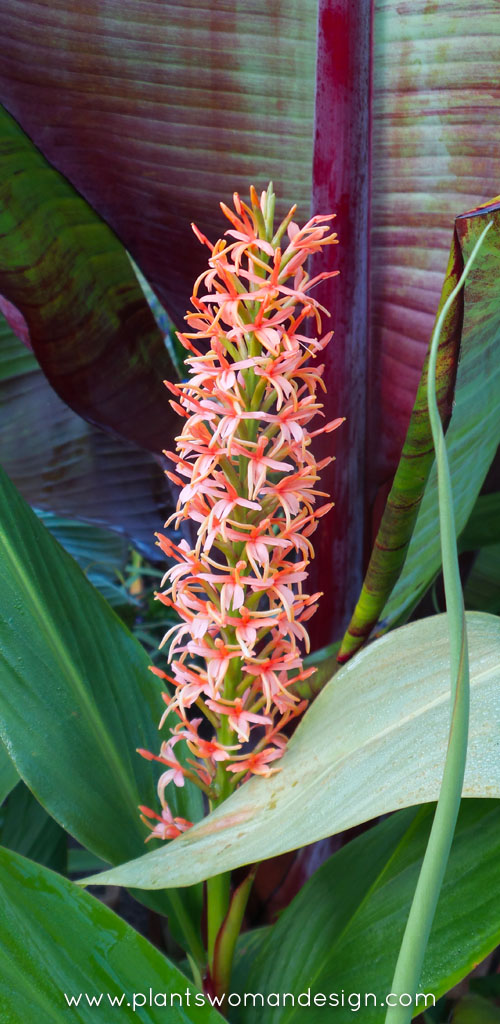

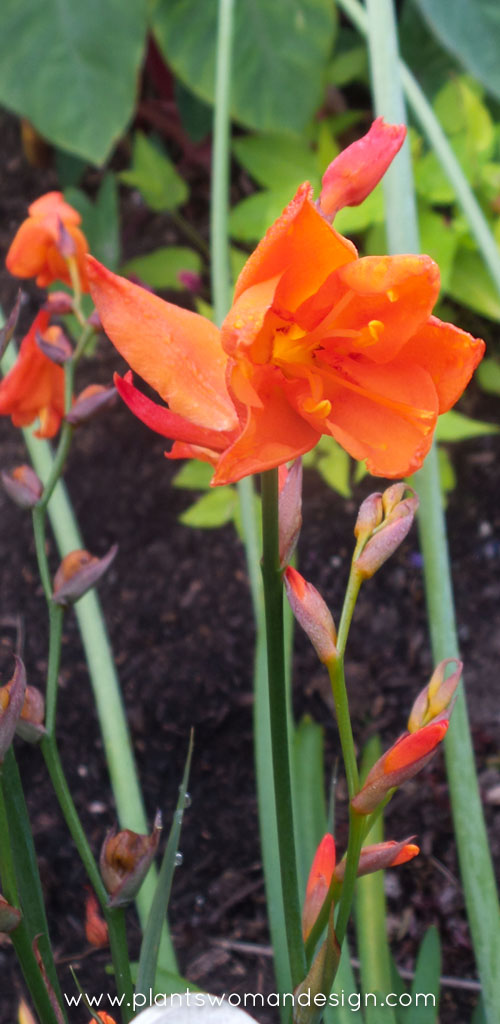
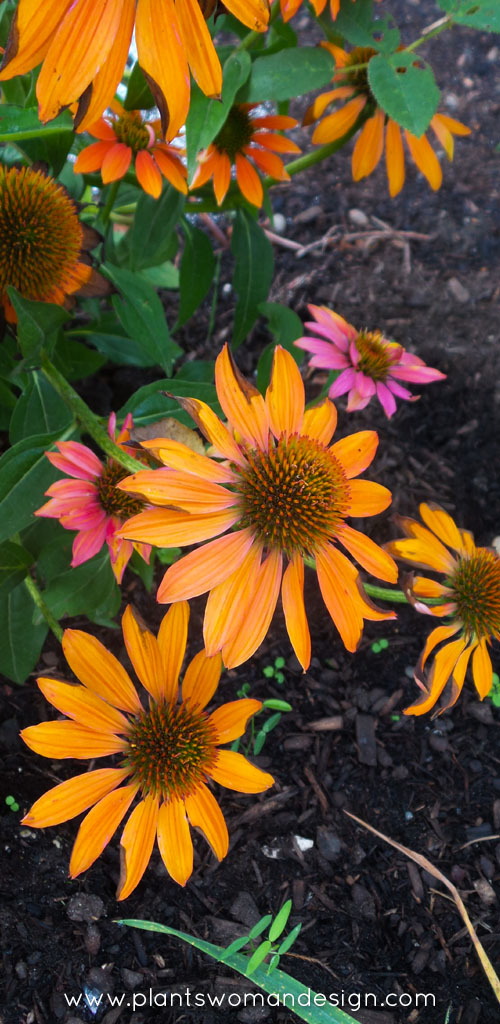
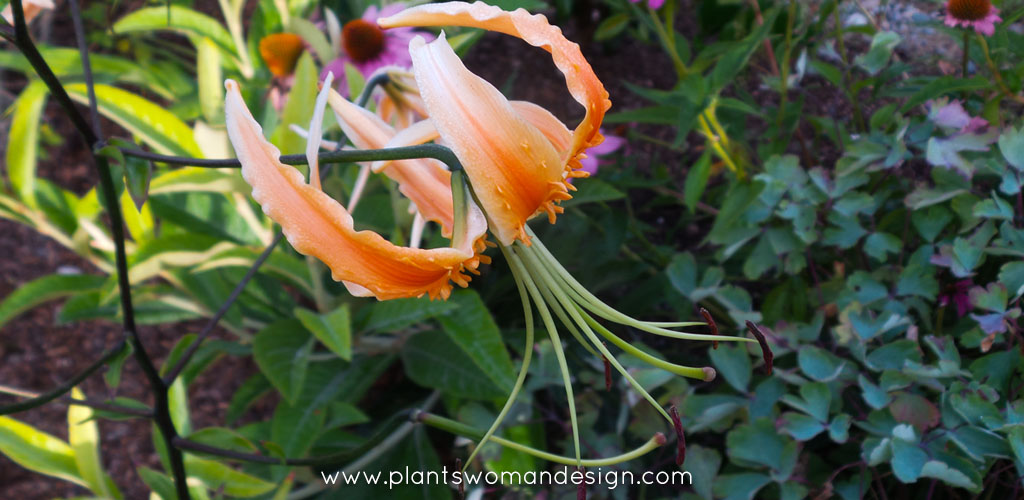
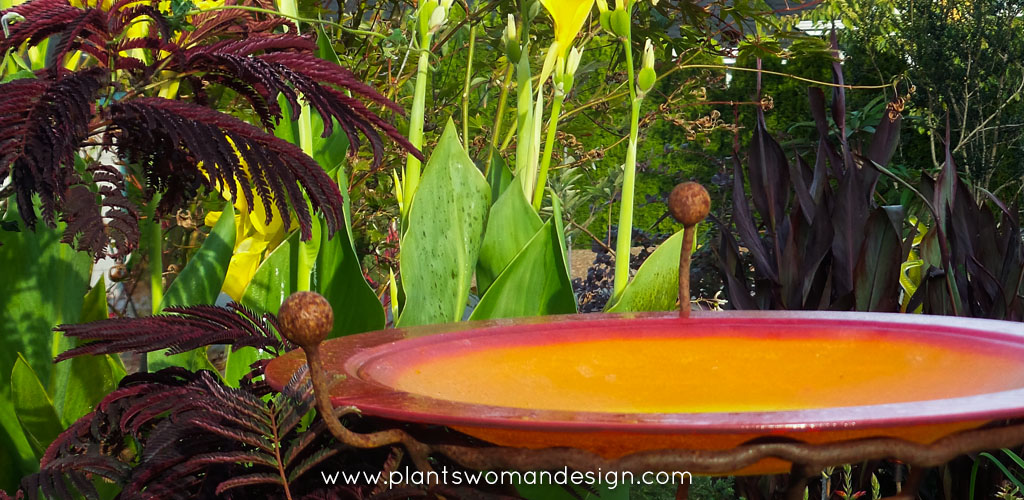
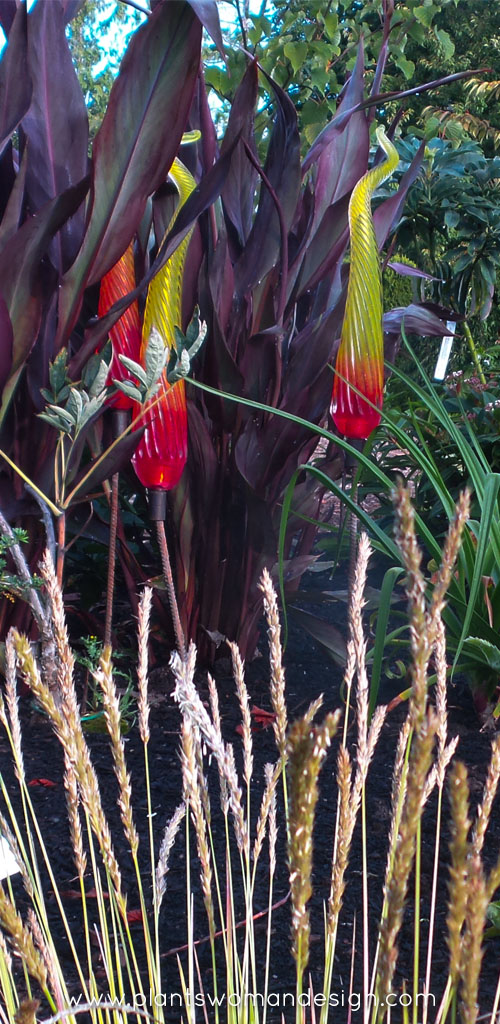
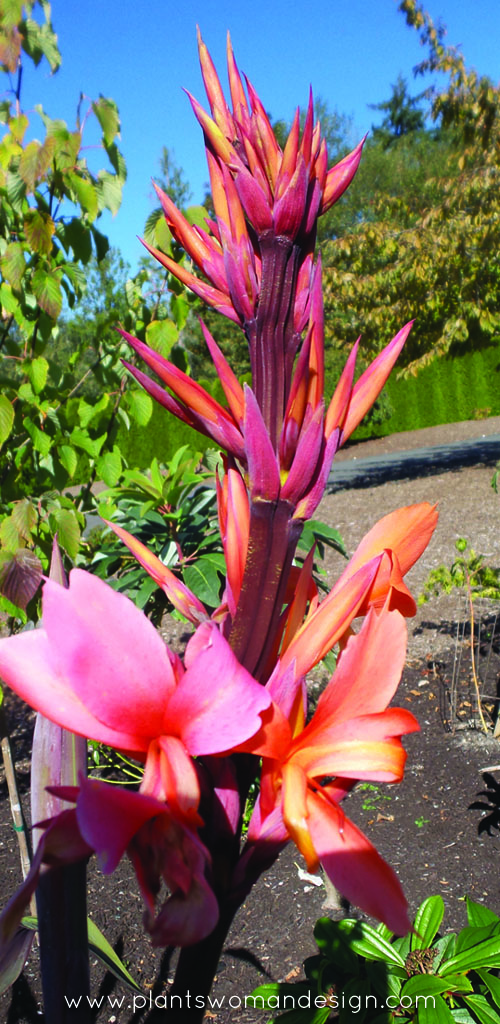
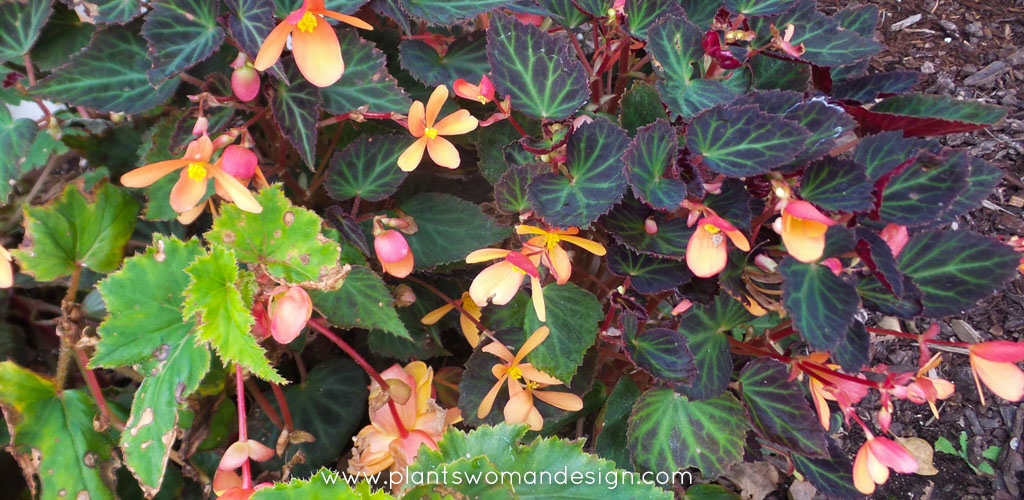
















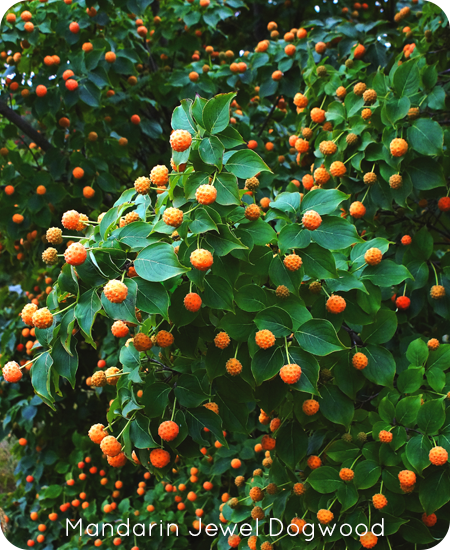








 possibly Arnolds Promise
possibly Arnolds Promise




